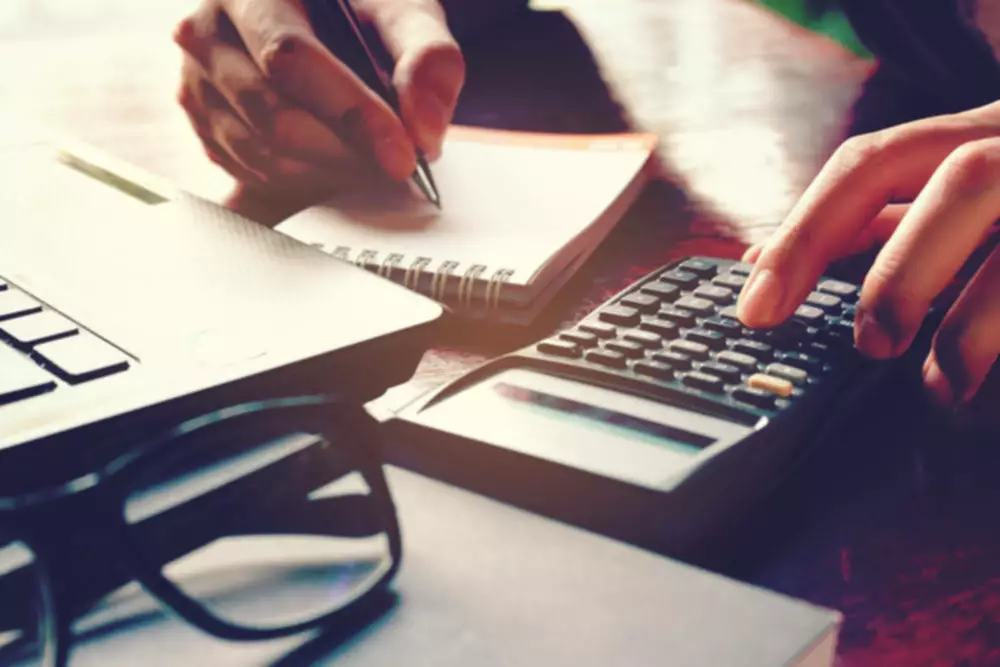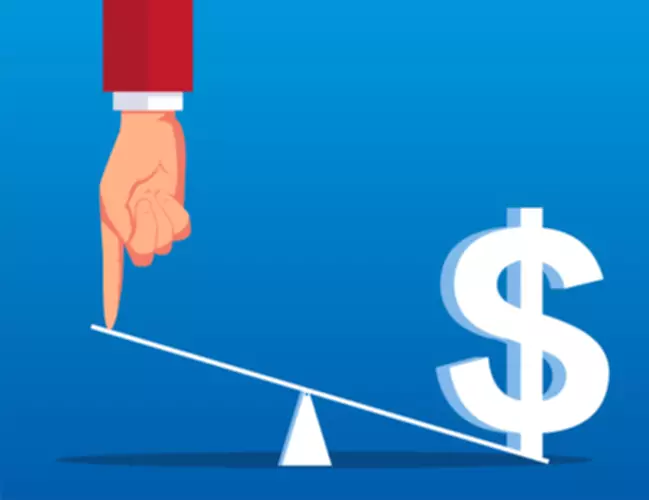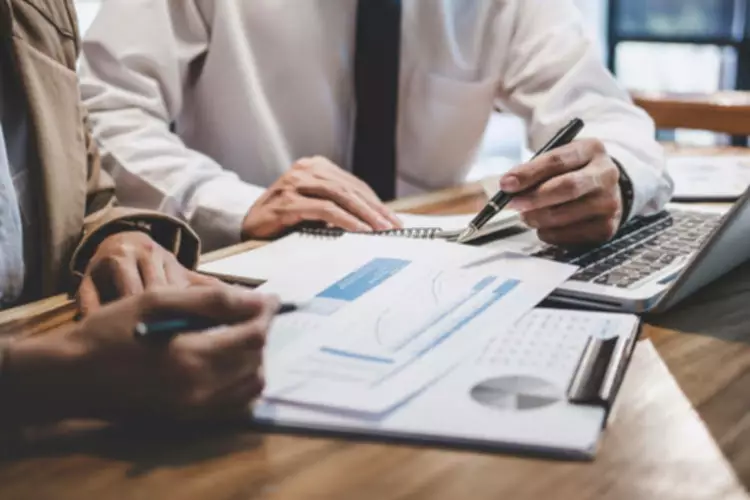The Beginner’s Guide to Balance Sheets
Content

Explore our finance and accounting courses to find out how you can develop an intuitive knowledge of financial principles and statements to unlock critical insights into balance sheet performance and potential. Current or short-term liabilities are typically those due within one year, which may include accounts payable and other accrued expenses.

A Balance Sheet is based on the accounting equation that states that assets must equate the total of liabilities and owner’s equity. Accordingly, elements of a Balance Sheet include Assets (both current and non-current assets), liabilities (both current and non-current liabilities, and owner’s equity . A Balance Sheet is a financial statement that reveals the financial position of your business at the end of an accounting period. It consists of assets, liabilities, and owner’s equity as of a specific date. Your balance sheet provides a snapshot of your practice’s financial status at a particular point in time.
Does a small business have to have a balance sheet?
A company will be able to quickly assess whether it has borrowed too much money, whether the assets it owns are not liquid enough, or whether it has enough cash on hand to meet current demands. A balance sheet is a financial statement that reports a company’s assets, liabilities, and shareholder equity. The end goal of the income statement is to show a business’s net income for a specific reporting period. If the net income is a positive number, the business reports a profit.

This section includes obligations that are not due within your business’s operating cycle or in the next year. They show the business’s capital structure and its debt-to-equity ratio. This template is created to help the account department of a company. It can be used to measure the company’s non-profit liabilities and assets and comprehending net assets within the same template. The debt-to-equity (D/E) ratio indicates how much debt a company is using to finance its assets relative to the value of shareholders’ equity. A company can use its balance sheet to craft internal decisions, though the information presented is usually not as helpful as an income statement.
Company
Different accounting systems and ways of dealing with depreciation and inventories will also change the figures posted to a balance sheet. Because of this, managers have some ability to game the numbers to look more favorable. Pay attention to the balance sheet’s footnotes in order to determine which systems are being used in their accounting and to look out for red flags.
- This can be especially beneficial for startups, entrepreneurs, and other small business owners looking to expand.
- This line item includes all of the company’s intangible fixed assets, which may or may not be identifiable.
- Or you might compare current assets to current liabilities to make sure you’re able to meet upcoming payments.
- Assets are divided into current or short-term assets, and non-current or long-term assets.
Accounts within this segment are listed from top to bottom in order of their liquidity. They are divided into current assets, which can be converted to cash in one year or less; and non-current or long-term assets, which cannot. Fundamental analysts use balance sheets to calculate financial ratios. The balance sheet is one of the three core financial statements that are used to evaluate a business. Accessing balance sheet and income statement software is a surefire way to save you time, stress, and money — as you make the right decisions towards letting your business be the best that it can be. It is also convenient to compare the current assets with the current liabilities. Analyzing the balance sheet can give you great insight into the financial health of any company.
Owner’s or stockholders’ equity
A liability is anything a company or organization owes to a debtor. This may refer to payroll expenses, rent and utility payments, debt payments, money owed to suppliers, taxes, or bonds payable. The balance sheet provides an overview of your business’ financial standing. If your business is doing well, investors can look at your balance sheet and see if you have a profitable business they’d like to invest in. It can also help you diagnose problems, pinpoint financial strengths, and keep track of your business’ financial performance over time. Below are balance sheet templates that you can use with Microsoft Excel to create one for your business.
- The prompt and most error-free way of preparing a Balance Sheet is with the help of accounting software.
- Assets are the resources owned by your business entity that provide you with economic benefits in the long run.
- Balance sheets are NOT income statements, but they do closely relate — together, they represent an entity’s Total Financial State.
- After recording both the current and non-current assets, you need to total the amounts to determine the total of the asset side of your company’s Balance Sheet.
- A balance sheet for a typical accounting period would reflect the number of assets and liabilities when the period ends.
- In many companies, inventory might be the largest line item in the current asset section.
The balance sheet format in excel is a great way to compare year-to-year financial information, as well as any fluctuations in net worth or assets. Choosing the excel balance sheet template is a great place to start, as it is a simple, straightforward and easily customizable company balance sheet. We can find more information concerning the retained earnings in the stockholders’ equity statements, which also contain all the information regarding all items related to shareholders’ equity. That statement can give you more details on the dividend payments for the company, for example. To ensure our balance sheet balances, we need the shareholders’ equity section to equal the difference between the assets and liabilities. Current liabilities are the short-term obligations due within the calendar year or operating cycle.
Small Business Balance Sheet Template
A simple income statement tracks revenue and expenses and the net income or loss for a specific period of time. To print a simple income statement, all your profit and loss accounts must be grouped together in your chart of accounts and cannot be interrupted by any balance sheet accounts.
A company may look at its balance sheet to measure risk, make sure it has enough cash on hand, and evaluate how it wants to raise more capital . A liability is any money that a company owes to outside parties, https://www.bookstime.com/ from bills it has to pay to suppliers to interest on bonds issued to creditors to rent, utilities and salaries. Current liabilities are due within one year and are listed in order of their due date.
What is a balance sheet?
Your balance sheet shows what your business owns , what it owes , and what money is left over for the owners (owner’s equity). This small business pro forma balance sheet template serves as your business’s financial statement over the course of a specific timeframe. Enter line items to quickly calculate your current and long-term assets, current and long-term liabilities, and the owner’s equity.
Get a Wise multi-currency business account to accelerate your business growth. Download our basic balance sheet template xls to get a snapshot of your company’s financials using Excel. The balance sheet gives useful insights into a company’s finances. Because balance sheets typically include the same categories of information, they also allow comparison between different businesses of the same type. Potential investors like to know how well a company earns returns—it helps them decide whether an investment in a company will be profitable.
Example of a Balance Sheet
Microsoft lists inventories of $3,742 million under the current assets section. Current assets are important because they represent the funds that a business can use to fund day-to-day operations for the next calendar year. Companies owe creditors, such as employees, suppliers, tax authorities, and liabilities. The liabilities are obligations with schedules, conditions, and time frames that govern when, how much, and how often the company pays the liabilities back. The next focus is on the balance sheet and the components of the balance sheet. Every company, as a public entity, has to file a balance sheet, and the structure of the balance sheet helps inform investors about the financial strength of any company. We accept payments via credit card, wire transfer, Western Union, and bank loan.
Launching a Financial Product: How to Choose the Right Funding Structure — Andreessen Horowitz
Launching a Financial Product: How to Choose the Right Funding Structure.
Posted: Mon, 10 Oct 2022 14:09:14 GMT [source]












